Have you ever had the urge to make a kimono outfit or play around with coordination, but didn’t have time? Or perhaps your collection isn’t big enough and you don’t have a lot of pieces to play with? Maybe you’re just too tired, and want to do something fun and relaxing! Fear not, the internet’s come to the rescue again! There are plenty of very fun little interactive kimono dress-up dolls out there to play with.
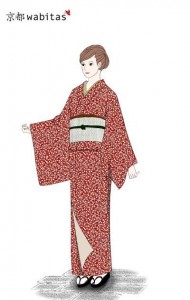 | Wabitas Simulator - Fun simulator with tons of colour and pattern options for the juban, kimono, and haori. Solid colour choices for obi, no options for obiage, obijime, or zori. |
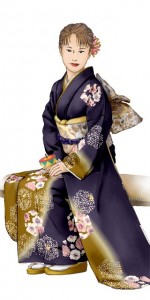 | KainoaTec - Cute modern furisode simulator. You can choose the furisode, obi, obiage, obijime, date-eri, zori, and hair accessory. Hairstyle and face are not customizeable. There are also three different poses available. |
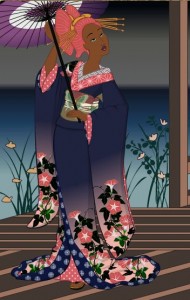 | DollDivine Kimono Maker - Slightly ukiyo-e stylized geisha simulator. You can choose the juban, hikizuri (long trailing kimono), haneri, and obi as well as tons of customization options for the hairstyle, face, and accessories. Plenty of skin tones, and lots of hair and eye colours, both natural and fantastic. |
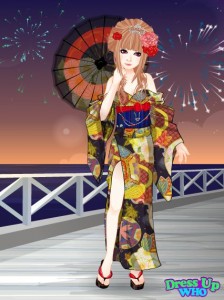 | Yukata Girl - Modern yukataHIME style, with lots of crazy hairstyles, footwear options, three lengths of yukata, and plenty of customizable patterns you can layer for even more personalization. |
 | Kimono Girl - Adorable chibi-style simulator, with tons of kimono options, as well as obi, obiage, obijime, footwear, and hakama! Skin tone, hair, and face options too. |
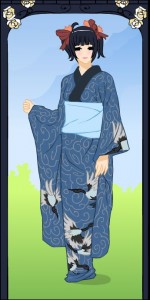 | Kimono Maker - Design a kimono. Choose the base colour and then choose patterns and accent colours. Doll itself (skin, hair, makeup) is fixed. |
Have fun, and if you make any awesome outfits using these, please share! 🙂


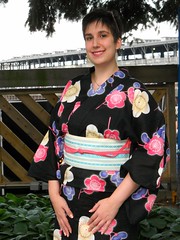


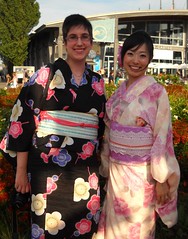










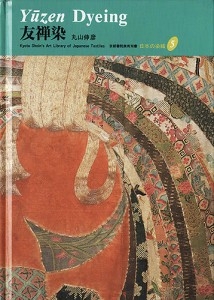

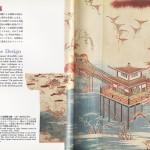
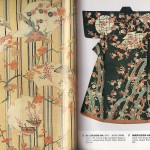
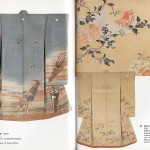


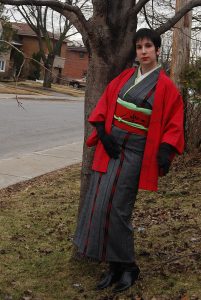
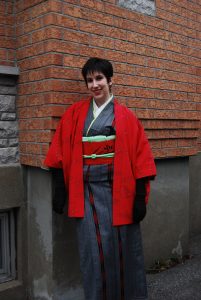
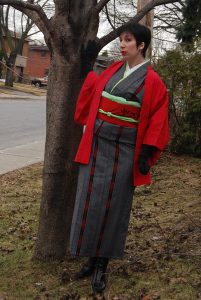
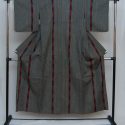
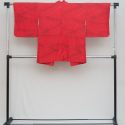
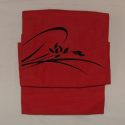
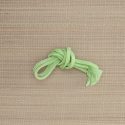
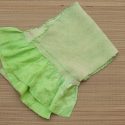











 Bebe Taian
Bebe Taian CHOKO Blog
CHOKO Blog Gion Kobu
Gion Kobu